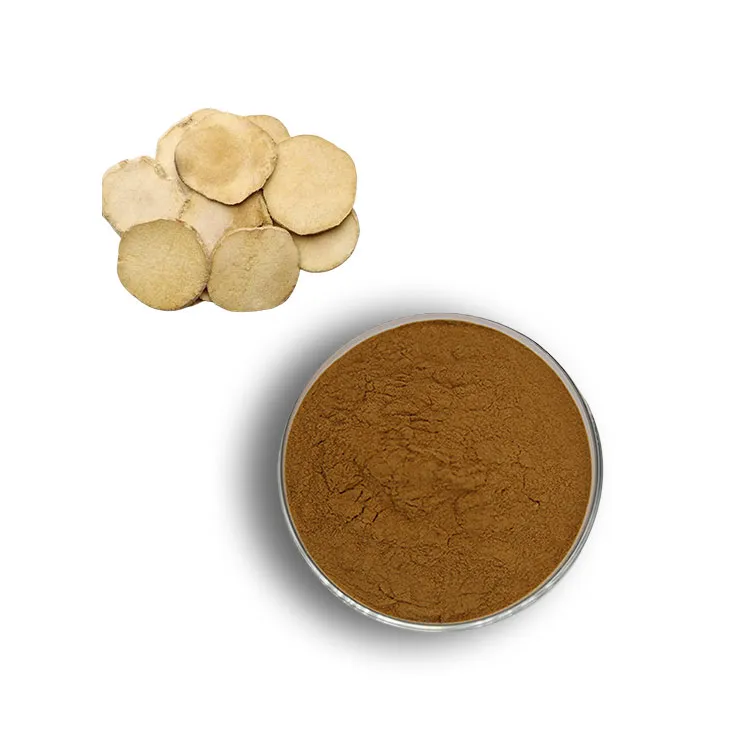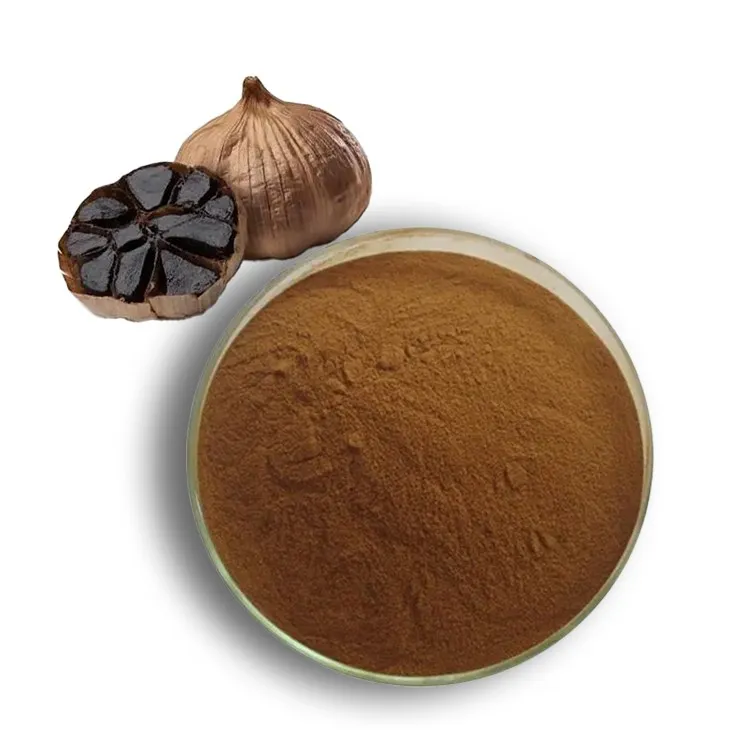- 0086-571-85302990
- sales@greenskybio.com
Balancing Act: The Environmental and Economic Implications of Gentle Crude Oil Extraction
2024-07-18
1. Introduction
Crude oil extraction has long been a crucial aspect of the global energy landscape. However, traditional extraction methods have often come with significant environmental costs. In recent years, the concept of "gentle" crude oil extraction has emerged, aiming to strike a balance between meeting energy demands and minimizing environmental impacts. This article will explore the environmental and economic implications of such extraction methods in detail.
2. Environmental Implications of Gentle Crude Oil Extraction
2.1 Reducing Pollution
Pollution is one of the major concerns associated with crude oil extraction. Traditional extraction processes can release a variety of pollutants into the air, water, and soil. Gentle extraction methods, on the other hand, are designed to minimize these emissions.
For example, in enhanced oil recovery (EOR) techniques such as carbon dioxide injection, the use of CO₂ can not only help in extracting more oil but also has the potential to reduce greenhouse gas emissions. When CO₂ is injected into the oil reservoir, it displaces the oil and can be stored underground, preventing its release into the atmosphere. This is a significant step towards reducing the carbon footprint of the oil extraction industry.
Another aspect of pollution reduction is related to water contamination. In many traditional extraction methods, large amounts of water are used and often contaminated with chemicals and hydrocarbons. Gentle extraction methods are exploring ways to recycle and treat this water more effectively, reducing the amount of contaminated water that is released into the environment.
2.2 Protecting Ecosystems
Oil extraction can have a profound impact on local ecosystems. Drilling operations, construction of infrastructure, and transportation of oil can all disrupt habitats and wildlife.
Gentle extraction methods strive to minimize this disruption. For instance, some companies are using advanced seismic survey techniques that are less invasive and have a reduced impact on marine life in offshore extraction areas. These techniques provide more accurate information about the location of oil reserves, allowing for more targeted drilling and less exploration in sensitive areas.
In onshore extraction, careful planning can protect important habitats such as wetlands and forests. By avoiding these areas or implementing mitigation measures, the impact on local biodiversity can be significantly reduced. For example, creating wildlife corridors or restoring damaged habitats after extraction can help maintain the ecological balance.
3. Economic Implications of Gentle Crude Oil Extraction
3.1 Investment Requirements
Implementing gentle crude oil extraction methods often requires significant investment. New technologies such as advanced EOR techniques or more environmentally friendly drilling equipment are not cheap.
Companies need to invest in research and development to improve these methods. For example, developing new membranes for water treatment in extraction operations or more efficient CO₂ injection systems requires substantial financial resources. However, these investments can also lead to long - term benefits.
In addition to technology investment, there are also costs associated with training employees to operate these new systems. Skilled workers are needed to ensure the proper implementation of gentle extraction methods, and this may involve sending employees for specialized training programs.
3.2 Market Trends
The market for crude oil is constantly evolving, and there are several trends that are relevant to gentle extraction methods.
Sustainability has become an increasingly important factor for consumers and investors. As a result, there is a growing demand for oil that has been produced using more environmentally friendly methods. This can give companies that employ gentle extraction methods a competitive edge in the market.
Another trend is the increasing regulatory pressure on the oil industry. Governments around the world are implementing stricter environmental regulations, which can make traditional extraction methods more costly. Gentle extraction methods, which are more in line with these regulations, can help companies avoid costly fines and maintain their market share.
3.3 Potential Returns
Despite the high initial investment, gentle crude oil extraction methods can offer significant potential returns.
As mentioned earlier, companies can benefit from a competitive advantage in the market. This can lead to increased sales and higher prices for their oil products. Additionally, by reducing environmental impacts, companies may also face lower costs in terms of environmental remediation and compliance in the long run.
Moreover, the long - term viability of oil extraction depends on the availability of reserves. Gentle extraction methods can often extract more oil from existing reservoirs, increasing the overall productivity and lifespan of these resources. This can translate into more stable revenues over time.
4. Challenges in Implementing Gentle Crude Oil Extraction
4.1 Technological Limitations
Although there have been significant advancements in gentle extraction technologies, there are still some technological limitations.
For example, some EOR techniques are still in the experimental or early - adoption stages and may not be fully scalable yet. The effectiveness of these techniques can also vary depending on the geological characteristics of the oil reservoir. In some cases, the cost - effectiveness of these new methods may not be as high as expected, which can limit their widespread adoption.
Another technological challenge is related to the integration of different systems. For instance, combining water treatment systems with extraction operations and ensuring seamless operation can be difficult. Technical glitches or compatibility issues can lead to operational inefficiencies and increased costs.
4.2 Regulatory and Policy Uncertainties
The regulatory environment for crude oil extraction is complex and can be uncertain.
While there is a general trend towards more stringent environmental regulations, the specific requirements can vary from region to region. This can make it difficult for companies to plan and invest in gentle extraction methods. For example, some regions may have unclear guidelines regarding the use of new technologies such as CO₂ injection for EOR.
Policy changes can also have a significant impact. Changes in government priorities, such as a sudden shift towards more aggressive renewable energy policies, can reduce the incentives for companies to invest in gentle oil extraction methods. This regulatory and policy uncertainty can act as a deterrent to innovation and investment in the sector.
5. Case Studies
5.1 Company A's Experience with Gentle Extraction
Company A, an international oil company, has been at the forefront of implementing gentle crude oil extraction methods.
They have invested heavily in EOR techniques, particularly in CO₂ injection. By doing so, they have been able to increase their oil production while reducing their carbon emissions. Company A has also implemented strict water management practices, recycling a large percentage of the water used in extraction operations.
Economically, they have seen benefits in terms of market share. Their environmentally friendly approach has attracted more customers, especially those in regions with strict environmental regulations. However, they have also faced challenges, such as high initial investment costs and some technical issues with the CO₂ injection system.
5.2 Country B's Regulatory Impact on Gentle Extraction
Country B has a relatively progressive regulatory framework for crude oil extraction.
The government in Country B has set strict environmental standards for oil companies operating within its territory. This has forced many companies to adopt gentle extraction methods. While some companies initially resisted due to the high costs, over time, they have realized the long - term benefits. These include not only compliance with regulations but also improved public perception and potential access to new markets.
6. Conclusion
The concept of gentle crude oil extraction holds great promise in terms of both environmental protection and economic viability.
From an environmental perspective, it can significantly reduce pollution and protect ecosystems. Economically, while there are challenges such as high investment requirements and regulatory uncertainties, the potential returns are substantial. As the world continues to grapple with the dual challenges of meeting energy needs and protecting the environment, gentle extraction methods are likely to play an increasingly important role in the future of the crude oil industry.
FAQ:
What are the main gentle crude oil extraction methods?
Some of the main gentle crude oil extraction methods include enhanced oil recovery (EOR) techniques such as carbon dioxide injection, microbial enhanced oil recovery, and steam - assisted gravity drainage (SAGD) in certain cases. These methods are designed to extract oil with less environmental impact compared to traditional extraction methods.
How does gentle crude oil extraction reduce pollution?
Gentle extraction methods can reduce pollution in several ways. For example, carbon dioxide injection in EOR not only helps in extracting more oil but also sequesters some of the carbon dioxide, reducing greenhouse gas emissions. Also, compared to traditional extraction which may involve more surface spills and emissions during the extraction process, gentle methods are more controlled, leading to less soil and water contamination.
What are the economic challenges of implementing gentle crude oil extraction?
The economic challenges include high initial investment costs. For instance, implementing new technologies like microbial enhanced oil recovery requires research, development, and installation of specialized equipment. There is also a degree of uncertainty regarding the market acceptance and price premiums for the oil produced through these more sustainable methods. Additionally, training the workforce to operate these new extraction techniques can be costly.
How does gentle crude oil extraction protect ecosystems?
Gentle extraction methods often have a smaller footprint on the land. They may reduce the need for large - scale land clearing and disruption of natural habitats. Also, by minimizing the use of harmful chemicals and reducing the risk of oil spills, they protect the flora and fauna in the surrounding ecosystems. For example, in areas where there are sensitive wetlands or wildlife habitats, gentle extraction can help preserve these areas better than traditional extraction methods.
What are the market trends for gently extracted crude oil?
There is an increasing trend towards consumers and investors showing more interest in sustainably sourced products, including gently extracted crude oil. Some markets are seeing a growing demand for cleaner" oil, which may lead to price premiums for oil produced using gentle extraction methods. However, the market is still in a relatively early stage of development, and there are challenges in terms of standardizing the definition and measurement of "gentle extraction" for trading purposes.
Related literature
- "The Environmental Impact of Modern Crude Oil Extraction Methods"
- "Economic Viability of Sustainable Crude Oil Extraction"
- "Balancing Ecology and Economy in Crude Oil Production"
- ▶ Hesperidin
- ▶ Citrus Bioflavonoids
- ▶ Plant Extract
- ▶ lycopene
- ▶ Diosmin
- ▶ Grape seed extract
- ▶ Sea buckthorn Juice Powder
- ▶ Fruit Juice Powder
- ▶ Hops Extract
- ▶ Artichoke Extract
- ▶ Mushroom extract
- ▶ Astaxanthin
- ▶ Green Tea Extract
- ▶ Curcumin
- ▶ Horse Chestnut Extract
- ▶ Other Product
- ▶ Boswellia Serrata Extract
- ▶ Resveratrol
- ▶ Marigold Extract
- ▶ Grape Leaf Extract
- ▶ New Product
- ▶ Aminolevulinic acid
- ▶ Cranberry Extract
- ▶ Red Yeast Rice
- ▶ Red Wine Extract
-
Europen Bilberry Extract
2024-07-18
-
Tongkat Ali Extract
2024-07-18
-
Scutellaria Extract
2024-07-18
-
Bamboo Leaf extract
2024-07-18
-
Alisma Extract
2024-07-18
-
Black Garlic Extract
2024-07-18
-
Fig Extract
2024-07-18
-
Longan Extract
2024-07-18
-
Cranberry Extract
2024-07-18
-
Curcumin Extract
2024-07-18





















